Abies alba anyone?
wisconsitom
10 years ago
Related Stories
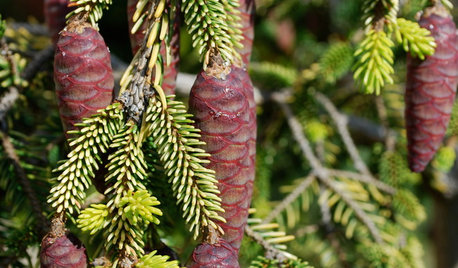
GARDENING GUIDESGreat Design Plant: Skylands Oriental Spruce, a Favorite Conifer
Brighten up a drab corner of your garden with Picea orientalis ‘Skylands’, a smaller spruce that a bird family might just call home
Full Story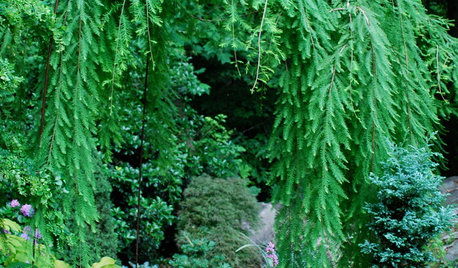
LANDSCAPE DESIGNThe Weepers and the Creepers: 10 Intriguing Trees for Your Garden
Bring something a little different to your landscape with a tree that dives, twists or crawls
Full Story
GARDENING GUIDES6 Captivating Roses for an Alluringly Fragrant Garden
Perfume your garden with aromas from richly spicy to lightly sweet, without sacrificing an inch of color
Full Story
LANDSCAPE DESIGNGet Along With Less Lawn — Ideas to Save Water and Effort
Ditch the mower and lower your water bill while creating a feast for the eyes with diverse plantings and gathering places
Full Story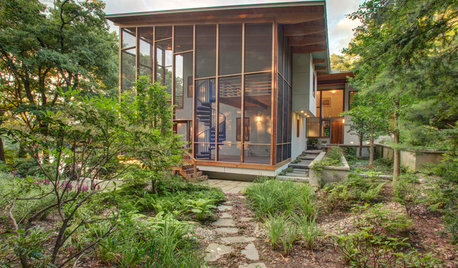
GARDENING AND LANDSCAPINGBreezy and Bug-Free Modern Porches
Screening keeps pests out of these diverse porches across the U.S., while thoughtful designs keep them visually appealing
Full Story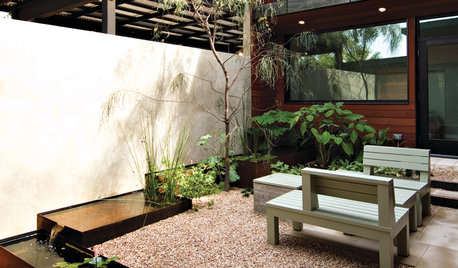
LANDSCAPE DESIGNStrike a Balance: Stuff vs. Space in the Garden
Zoom out to the big design picture before focusing on the little details, to create a garden with all the elements in balance
Full Story
LANDSCAPE DESIGNAll-White Gardens Light Up the Night
Lustrous blooms in white, cream and the palest ivory enchant in the landscape at night — and can be practical too
Full Story
FRONT YARD IDEASBefore and After: Front Lawn to Prairie Garden
How they did it: Homeowners create a plan, stick to it and keep the neighbors (and wildlife) in mind
Full Story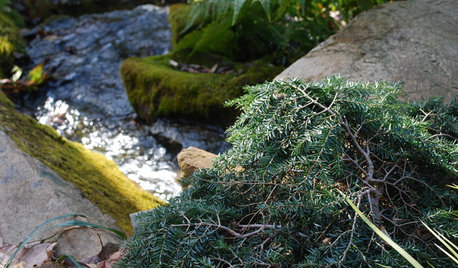
GARDENING GUIDESGreat Design Plant: Tsuga Canadensis ‘Bennett’
Bennett Canadian hemlock thrives in shade and provides sculptural interest in eastern U.S. gardens
Full Story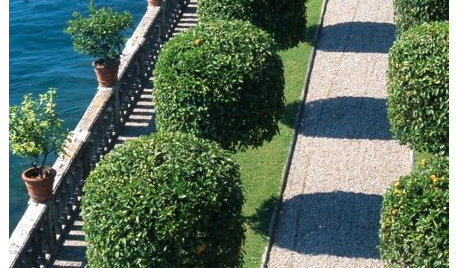
LANDSCAPE DESIGN5 Structural Plants to Frame Your Garden Beautifully
Consider these trees and shrubs live building blocks, providing structure and definition in even a small garden
Full Story







Embothrium
ken_adrian Adrian MI cold Z5
Related Professionals
Rancho Palos Verdes Landscape Architects & Landscape Designers · Redondo Beach Landscape Architects & Landscape Designers · Waunakee Landscape Architects & Landscape Designers · Clearlake Landscape Contractors · Columbine Landscape Contractors · Dunwoody Landscape Contractors · Federal Way Landscape Contractors · Inglewood Landscape Contractors · Kaneohe Landscape Contractors · Laguna Hills Landscape Contractors · Las Vegas Landscape Contractors · Lemay Landscape Contractors · Newberg Landscape Contractors · Riverhead Landscape Contractors · San Rafael Landscape Contractorstsugajunkie z5 SE WI ♱
wisconsitomOriginal Author
jimbobfeeny
bluecone
jimbobfeeny
Embothrium
spruceman
whaas_5a
pineresin
wisconsitomOriginal Author
spruceman
wisconsitomOriginal Author